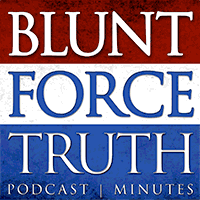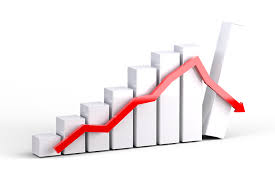Wall Street has been spooked by an economic risk indicator of potential recession as U.S. Treasury long-term interest rate “inverted” to fall below the short-term interest rate.
Interest rates on long-term borrowing should be lower than the interest rate on short-term borrowing, because business has more knowledge of the current economic environment than of the future environment. But if investors believe the economy is already in trouble, long-term interest rates “invert” by dropping below short-term rates.
U.S. Treasury yields on May 29 were inverted with the three-month Treasury bill yielding 2.36 percent and the 10-year Treasury note yield fell to 2.238 percent, its lowest since September 26. With “inversion” creating recession fears, the Dow Jones Industrial Stock Average has fallen over the last week by almost 3 percent to close at 25,126.
But the history of inverted yield curves as a recession indicator is problematic. The average delay after a big yield curve inversion before the start of a recession is about 14 months, but the lag has varied from 1 month to 18 months. The recent inversion that began on March 14, saw stocks move higher in April, and then fall through May.
Read the full story from American Thinker
Want more BFT? Leave us a voicemail on our page or follow us on Twitter @BFT_Podcast and Facebook @BluntForceTruthPodcast. We want to hear from you! There’s no better place to get the #BluntForceTruth.







